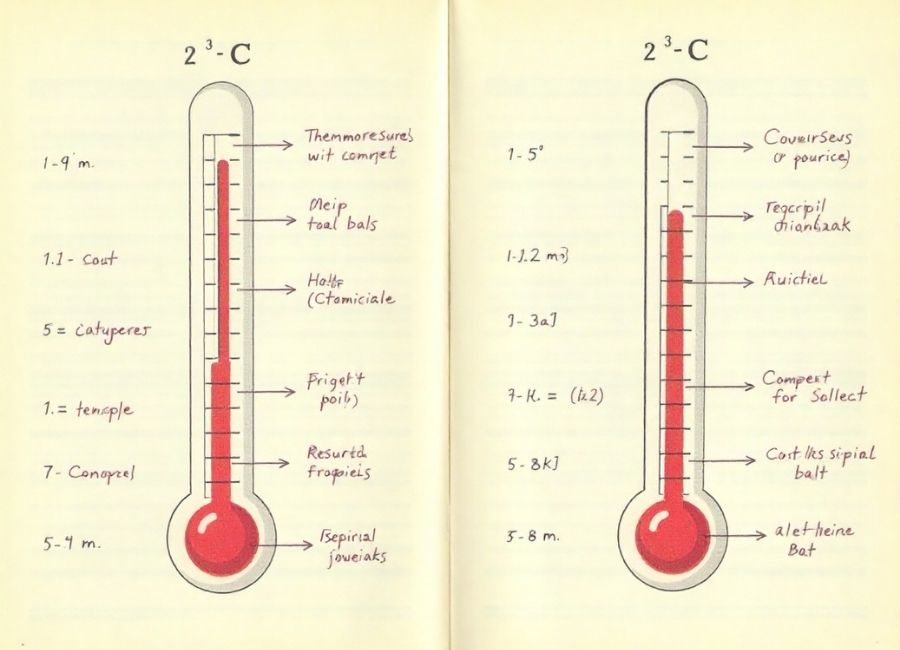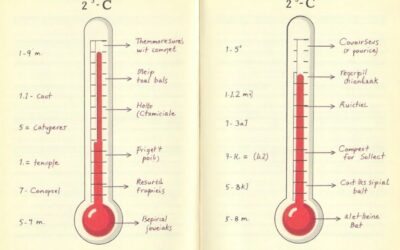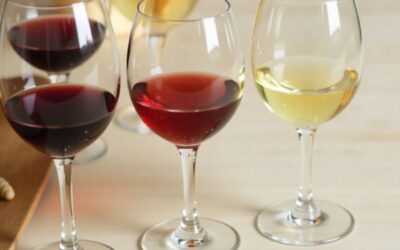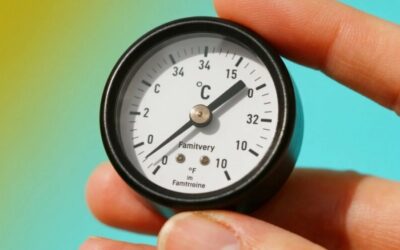Opening a bottle of wine should be about savoring the moment, not doing math. Yet understanding wine bottle sizes can help you plan the perfect dinner party, calculate guests’ servings, or satisfy your curiosity about what you’re drinking.
Most standard wine bottles contain 25.4 fluid ounces, but wine comes in various sizes ranging from tiny splits to massive party bottles. Knowing these measurements will make your wine experiences more enjoyable and help you make smarter purchasing decisions, whether you’re a casual wine drinker or someone who loves to entertain.
Understanding Standard Wine Bottle Sizes
The 750ml Standard
When someone asks, “How many oz are in a bottle of wine?” they typically refer to the standard 750ml Bottle. This size contains 25.4 fluid ounces and has been the global standard since the 1970s.
The 750ml Bottle wasn’t chosen randomly. This size represents the perfect balance between practicality and tradition. It’s large enough to provide multiple servings while remaining manageable for storage and transport. The size also allows wine to age properly, as the ratio of wine to oxygen exposure through the cork creates ideal conditions for development.

Why 750ml Became the Standard
The standardization of wine bottles happened for several practical reasons. First, it simplified international trade and regulation. Second, the size works well with standard wine racks and storage systems. Third, it provides approximately five glasses of wine, making it ideal for sharing between two people over dinner or enjoying solo over several occasions.
Wine Bottle Size Variations
Smaller Bottles
Split (187.5ml) – 6.3 oz
These mini bottles contain about one glass of wine. Airlines often serve wine in splits, perfect for tastings or when you want just a small amount of wine.

Half Bottle (375ml) – 12.7 oz
Containing roughly two and a half glasses of wine, half bottles are excellent for intimate dinners or when you want to try a premium wine without committing to a full bottle.
Larger Bottles
Magnum (1.5L) – 50.8 oz
A magnum holds the equivalent of two standard bottles. These impressive bottles are popular for celebrations and age wine more slowly due to the reduced oxygen-to-wine ratio.
Double Magnum (3L) – 101.6 oz
Also called a Jeroboam in Champagne regions, this Bottle holds four standard bottles of wine. It’s a showstopper for large gatherings.
Jeroboam (4.5L) – 152.4 oz
In Bordeaux, a Jeroboam contains six standard bottles. These massive bottles are often used for special occasions and can create quite the impression at events.
Calculating Wine Servings

Standard Serving Size
A standard wine serving is five fluid ounces. This means a 750ml bottle provides approximately five servings. However, serving sizes can vary based on the type of wine and occasion.
Servings are typically smaller for wine tastings—around 2-3 ounces per pour. This allows guests to sample multiple wines without overindulging.
Planning for Events
When planning parties or dinners, use these guidelines:
- For dinner parties: Plan for 2-3 glasses per person over 2-3 hours
- For cocktail parties: Estimate 1-2 glasses per person per hour
- For wine tastings: Allow 1-2 ounces per wine, with 4-6 different wines maximum
Factors Affecting Pour Size
Glass size influences how much wine people consume. Larger glasses can lead to larger pours, even when people think they’re pouring a standard amount. Using properly sized wine glasses helps maintain consistent serving sizes.
Wine Glass Types and Serving Amounts

Red Wine Glasses
Red wine glasses are typically larger, with bowls that can hold 12-16 ounces. However, you should only fill them about one-third (4-6 ounces) to allow the wine to breathe and concentrate its aromas.
White Wine Glasses
White glasses are smaller than red glasses, usually weighing 8-12 ounces. Fill them about half full (4-5 ounces) to maintain the wine’s temperature and allow proper aeration.
Champagne Flutes
Champagne flutes hold 6-8 ounces but should be filled with only 4-6 ounces of sparkling wine. This preserves the bubbles and maintains the wine’s temperature.
Storage and Temperature Considerations

Impact on Volume
Wine volume can change slightly with temperature. Wine expands when warm and contracts when cold, but these changes are minimal and don’t significantly affect the total ounces in a bottle.
Proper Storage
Store wine bottles on their sides to keep corks moist and prevent oxidation. This doesn’t change the volume but preserves the wine’s quality, ensuring you get 25.4 ounces of enjoyable wine from each Bottle.
International Variations
European Standards
Most European countries follow the 750ml standard, but you might encounter regional variations in older bottles or specialty wines. Some traditional European bottles may be slightly larger or smaller than the modern standard.
American Measurements
American wine bottles follow the same 750ml standard as the rest of the world. However, American wine labels often emphasize the 25.4 fluid ounce measurement alongside the metric measurement.
Practical Tips for Wine Buyers

Reading Wine Labels
Wine labels always display the volume in milliliters, but understanding the ounce equivalent helps you compare value and plan consumption. A 750ml bottle will always contain 25.4 ounces, regardless of the wine’s price or quality.
Value Comparisons
When comparing wines, consider the price per ounce. Sometimes larger bottles offer better value, but not always. Calculate the cost per ounce to make informed purchasing decisions.
Restaurant Portions
Restaurants typically serve wine in 5-ounce, 6-ounce, or 9-ounce pours. Knowing that a standard bottle contains 25.4 ounces helps you understand the value of ordering a bottle versus individual glasses.
Making the Most of Your Wine Knowledge
Understanding wine bottle sizes empowers you to make better decisions, whether shopping, entertaining, or enjoying a quiet evening at home. A standard 750ml bottle containing 25.4 ounces provides the perfect amount for most occasions—enough to share or savor over time, but not so much that it goes to waste.
Next time you’re planning a dinner party, shopping for wine, or simply curious about your evening’s beverage, you’ll know exactly how many ounces you’re working with. Use this knowledge to enhance your wine experiences, whether calculating servings for guests or selecting the perfect bottle size for your next celebration.



















